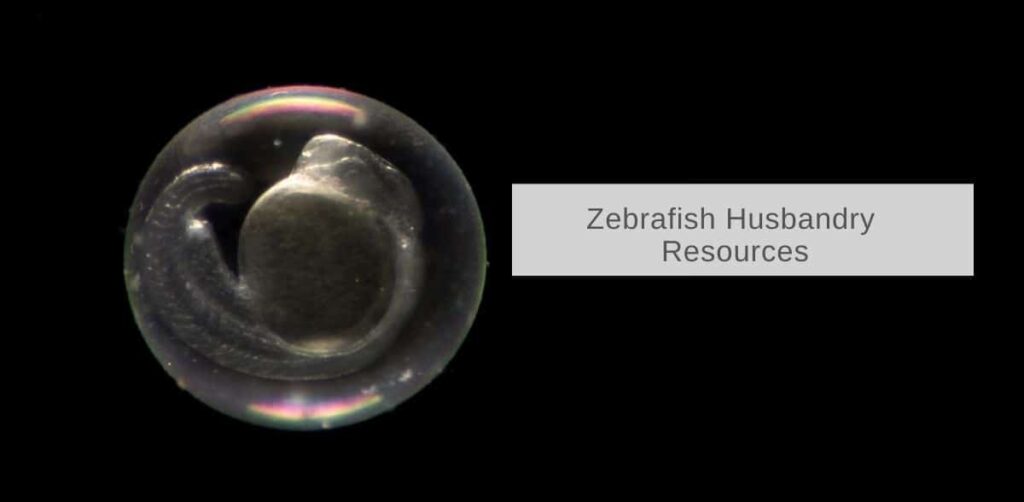Visual learners rejoice! If you have ever felt like you are slogging through journal articles, The Journal of Visualized Experiments (JoVE) has come up with an alternative – supplemental videos to these published works. For a subscription fee, there are nearly 600 short zebrafish videos (7-10 minutes) for research and educational purposes complete with voice overs, thorough explanations, and easy to follow organization that is reproduced throughout all of the videos. Each video has a transcript for hearing impaired viewers and/or people that prefer reading over listening.
As a Zebrafish Technician at InVivo Biosystems learning the ropes about husbandry and molecular biology applications, I was particularly intrigued by the “Zebrafish Education” section of the website1. With a two day temporary access trial, I was able to watch all fifteen of the videos that covered the husbandry basics. Additionally, there were videos of some of the more advanced concepts such as introductions to developmental genetics, whole-mount in situ hybridization, and organogenesis. I was surprised to learn from one of the JoVE videos2 that Dr. George Streisinger pioneered zebrafish as a model organism in the 1970s at the University of Oregon. Between the UO Zebrafish Facility, the ZIRC (Zebrafish International Resource Center)3, and now InVivo Biosystems, Eugene has become a true hub for zebrafish research. You could say that in addition to Eugene having the moniker of “track town USA”, Eugene is also becoming “zebrafish USA”!
Much like JoVE, we have also been making our own educational videos as well as facilitating conversations with influencers to impact the field of zebrafish research4. These free videos are available on our website and include basic embryo maintenance such as collection, microinjection, cleaning, and fluorescent sorting of embryos as well as sexing and mating strategies to increase success of Zebrafish crossings5. We hope to expand these videos in the future to include information about how to start your own zebrafish facility, diet considerations depending on the age of your zebrafish, and an instructional video to accompany our Custom Injection Mixes6. Feel free to leave a comment with any suggestions of what you would like to see!
References
- https://www.jove.com/v/5128/an-introduction-to-the-zebrafish-danio-rerio
- https://www.jove.com/v/5128/an-introduction-to-the-zebrafish-danio-rerio
- https://invivobiosystems.com/17-minutes-of-science/building-zirc-creating-a-centralized-resource-center-for-zebrafish-research/
- https://invivobiosystems.com/17-minutes-of-science/creating-an-ideal-model-how-judith-eisen-helped-pioneer-the-use-of-zebrafish-in-the-lab/
- https://invivobiosystems.com/resources/zebrafish-husbandry-101/
- https://invivobiosystems.com/in-vivo-models/zebrafish-genome-editing/zebrafish-crispr-injection-mix-with-sgrna-validation/



